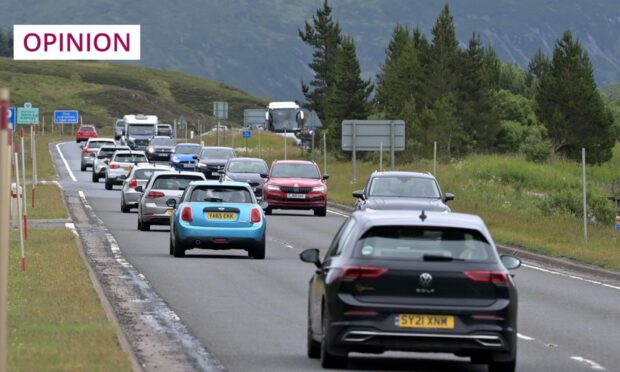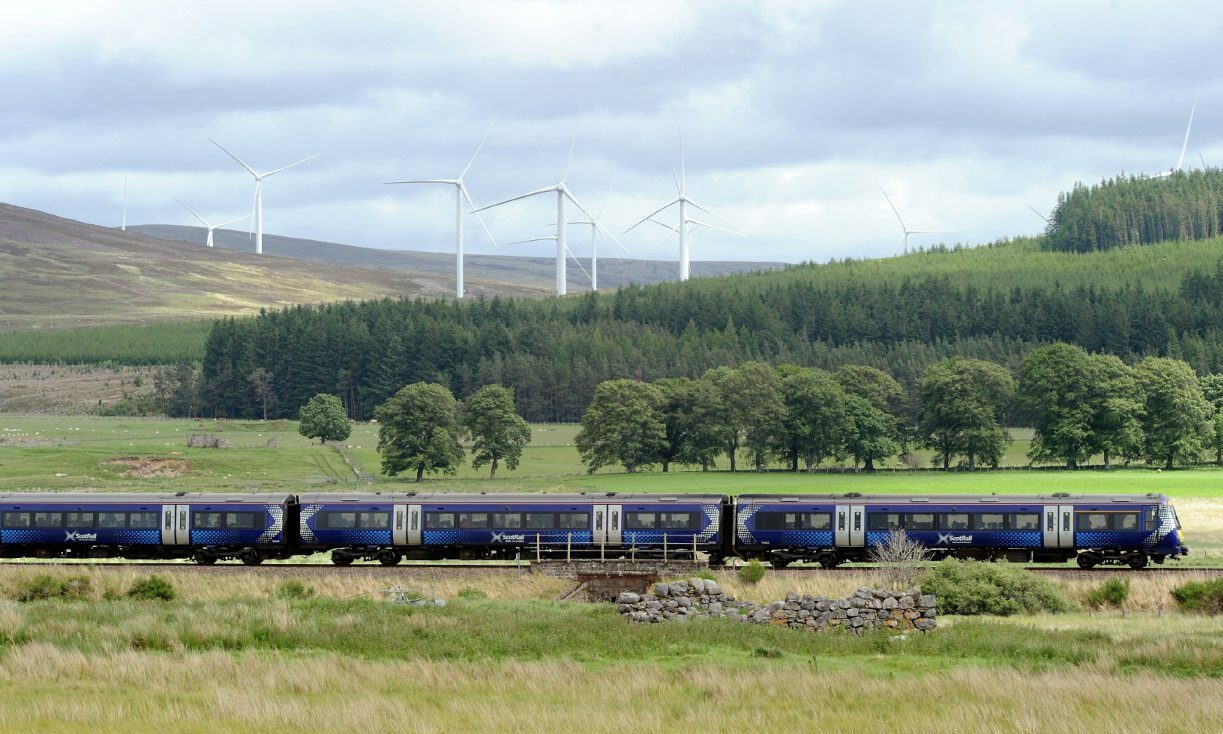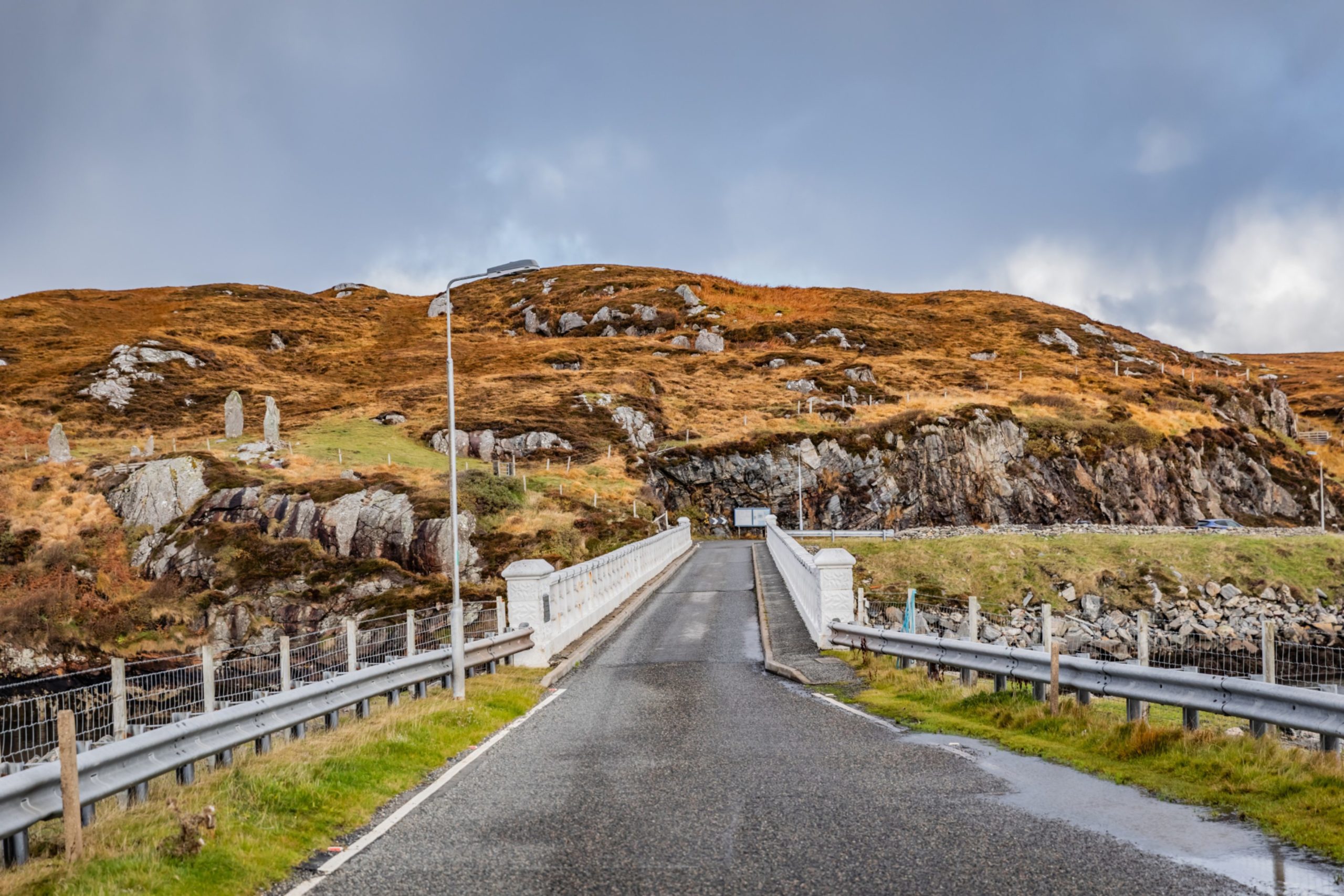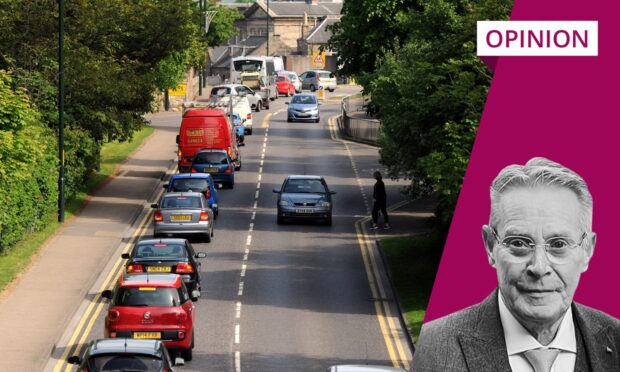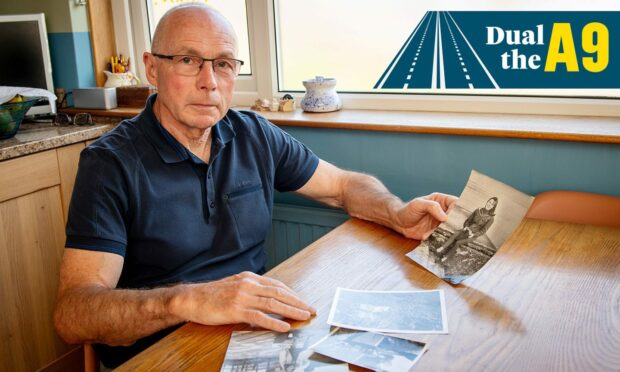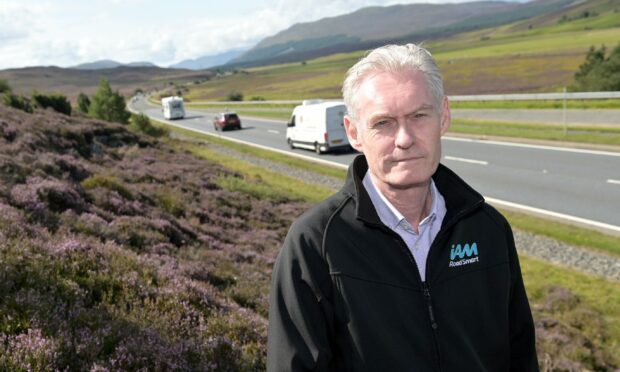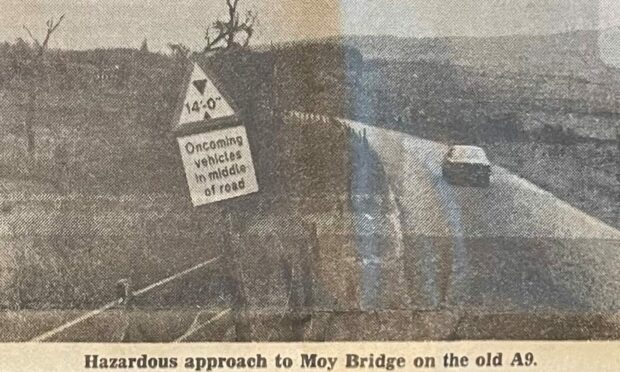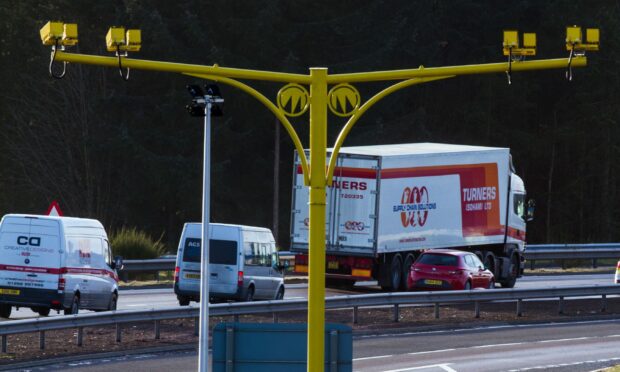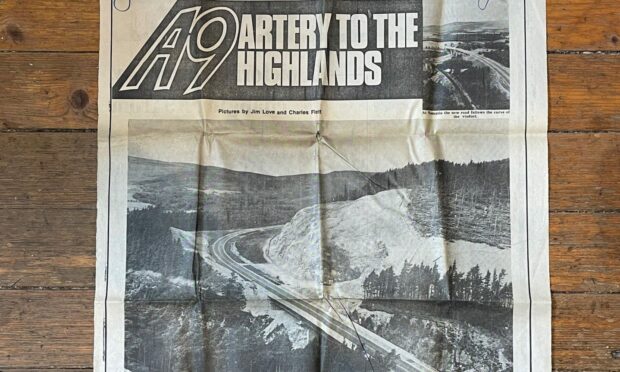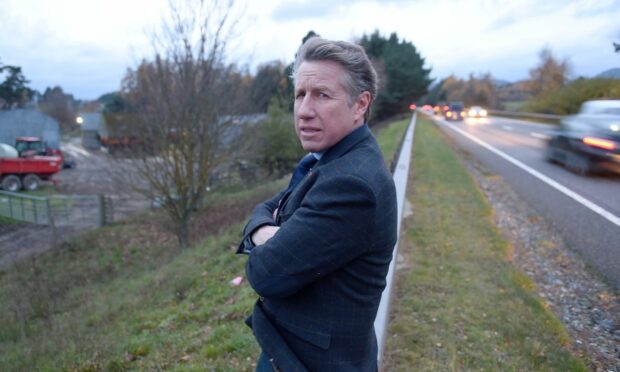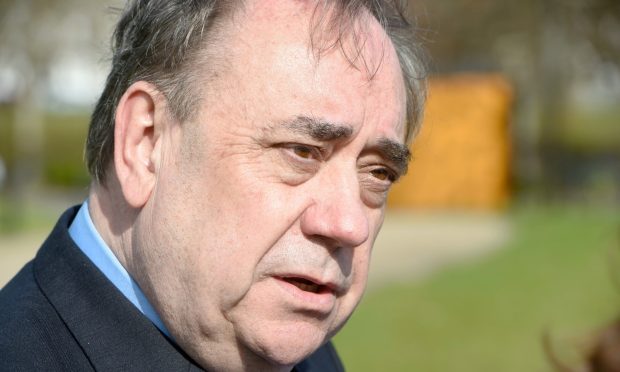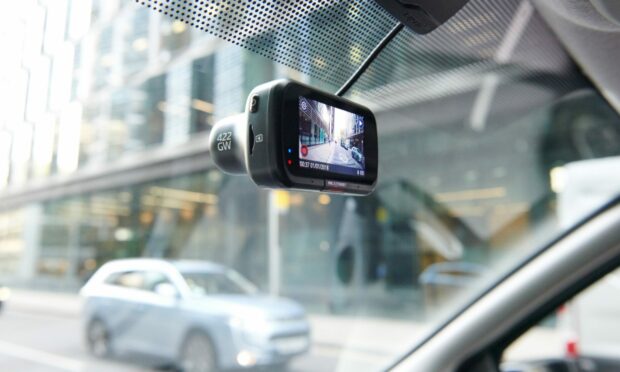Back in the 1970s, we used to go youth-hostelling as a family up north every year in the summer.
I remember my parents complaining bitterly about the state of the A9, where people were regularly slaughtered in ghastly car crashes. I’m pretty sure we were inclined to lay the blame for this unsatisfactory expanse of tarmac at the door of an uncaring Westminster government. They probably have no idea where Kingussie is, we fulminated biliously, and certainly wouldn’t be able to pronounce it properly even if they could locate it on a map.
So much for that. One of the hardest things about having your own government is that you can’t blame someone else for your country’s failings – which, by the way, is also the main reason why it’s good to have your own government. We still haven’t quite got used to it, though, have we? Like students living in their first flat, we can’t quite believe that we actually do have to pay the electricity bill ourselves. And build our own roads and so on.
Of course, we’re not properly independent, so we can still point the finger at Westminster, and heavens to Betsy, our politicians certainly know how to play that card. But there’s really no getting away from that fact that we as a country have catastrophically failed to build a decent road to connect the Highlands to the Central Belt.
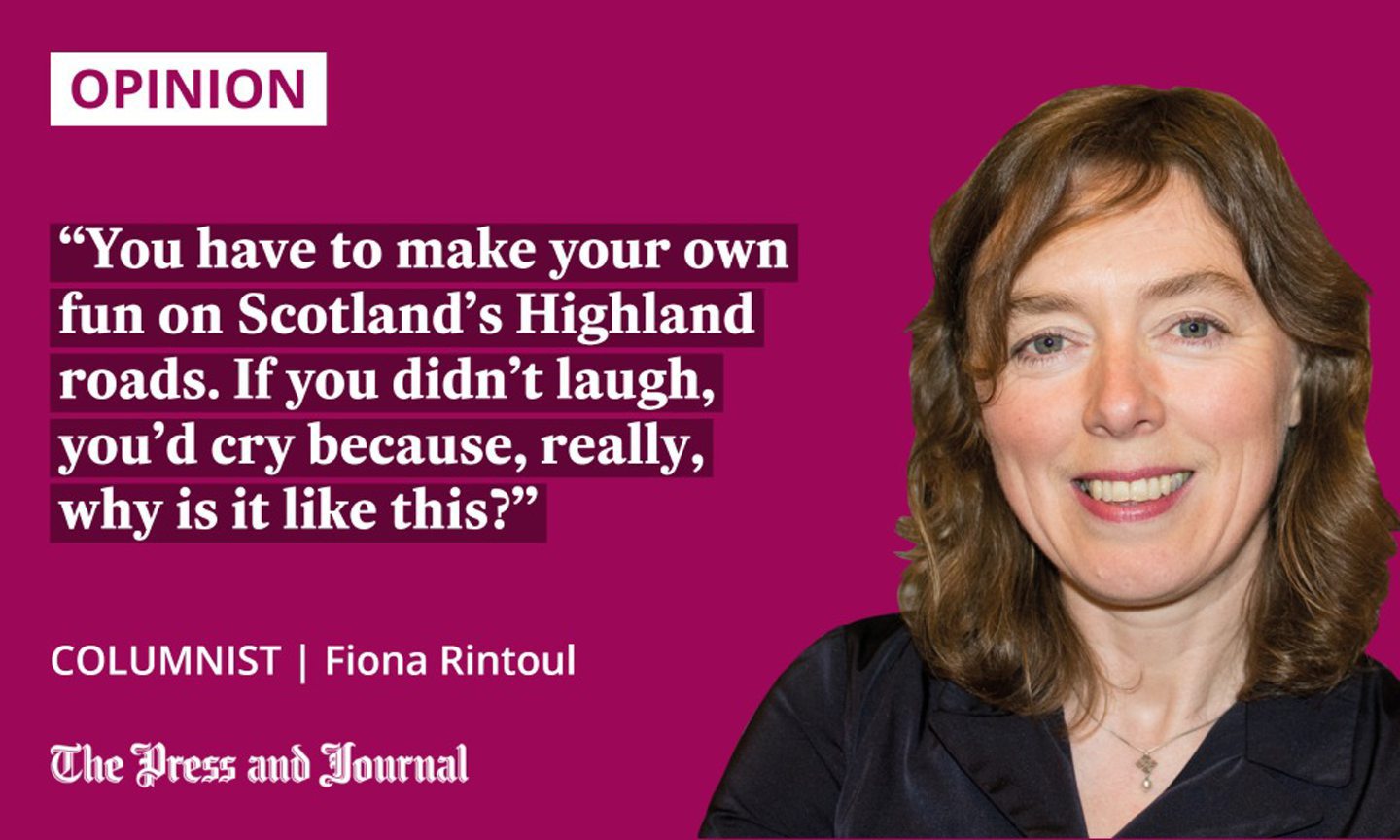
Forget the A9 for a moment. What about the A82? Often, the only consolation to be had during a long drive between Glasgow and Fort William in summer, when one is stuck in perpetuity behind a succession of logging lorries, motorhomes and ambling tourists, is the fun involved in working out which localities the passing German cars come from. Obviously, M is for München and B is for Berlin, but what about GE?
You have to make your own fun on Scotland’s Highland roads. If you didn’t laugh, you’d cry because, really, why is it like this? I know the A82 presents engineering challenges, as does the perma-debris-strewn Rest and be Thankful on the A83. But I can’t help feeling that those challenges would have been overcome by now in, say, Germany or Norway.
It’s a matter of getting priorities right
We could blame the current Scottish Government. Let’s. They have overpromised and underdelivered on the dualling of the A9 on a grandiose scale. They have also stuffed up our ferry network big time, and the trains aren’t too brilliant either.
But the long-term nature of this problem suggests something deeper is at play.
These infrastructure issues are not confined to Scotland. Have you ever tried to take a train from Glasgow to Sheffield? My advice would be don’t. Even the train to Manchester is a bit rattly and long-winded.
It’s hard not to surmise that connecting Glasgow and northern English cities is not a priority for those who run Britain’s railways. Instead, they want to connect everyone to London, so we can go and watch the changing of the guard and have tea at The Dorchester. Or something.
Holyrood must do the hard work
If you really want a road, you’ll get one. I live in a village on the Isle of Harris that was the last place in the UK to be connected by road. My neighbour and his uncle before him campaigned for 60 years for that road and, eventually, in 1990 it was built. If it hadn’t been, there would be no one left in our village today. It would have died, like so many other villages in the Outer Hebrides.
I find it kind of sad that this is the case, that places that were once connected by boat now shrivel and die if there is no road. But that’s how it is. In the modern world, places cannot thrive without a decent road connection.
In other settlements in Harris, people built their own roads at various points in the 20th century, to connect their home or township to the expanding network of public roads. They understood that it was necessary to be connected by the road. It was a priority for them, and so they did the hard manual work, or they campaigned relentlessly to get a road.
In the past 10 years, 11 miles of the A9 have been dualled, and 77 miles remain to be dualled. That’s not doing the hard work. That’s not making the dualling of the A9 a priority. That’s an abject failure. The only possible conclusion to draw is that the Highlands are not a top priority.
This is a mindset that goes beyond government – and one that we urgently need to change. The north of Scotland is not some other place. It’s as much a part of the main event as Edinburgh’s Charlotte Square – or it should be. Only when the Highlands thrive will Scotland thrive.
Fiona Rintoul is an author and translator
